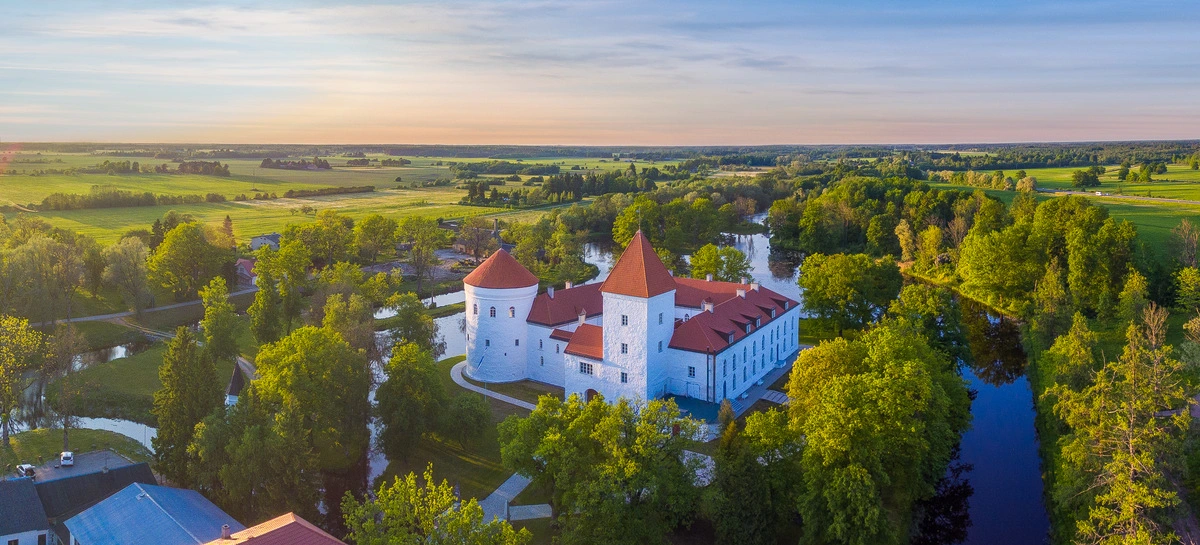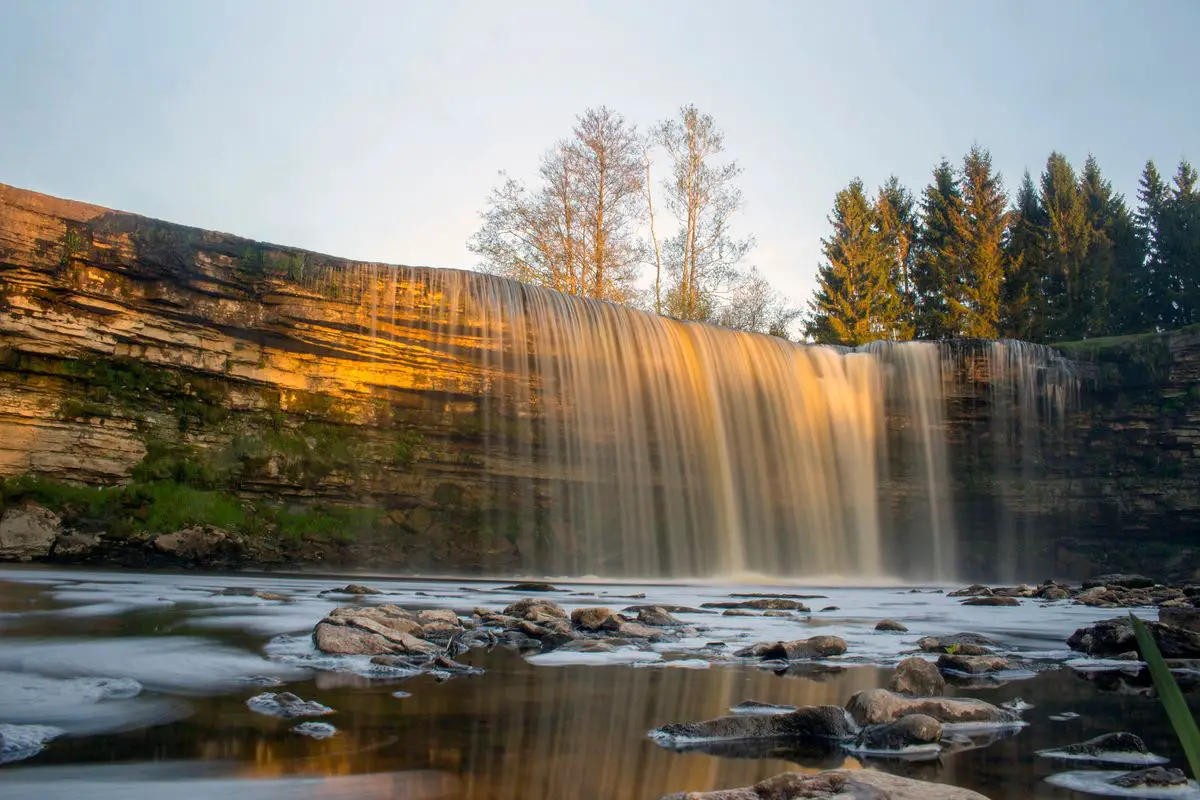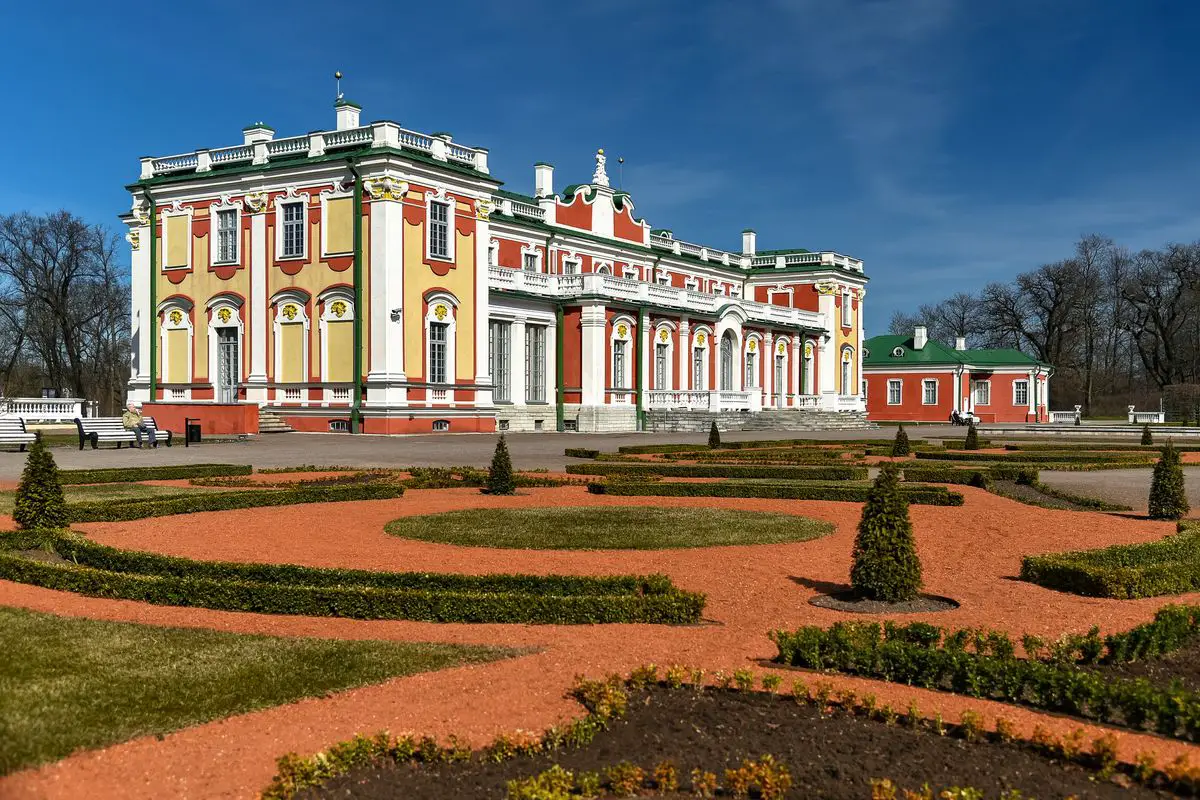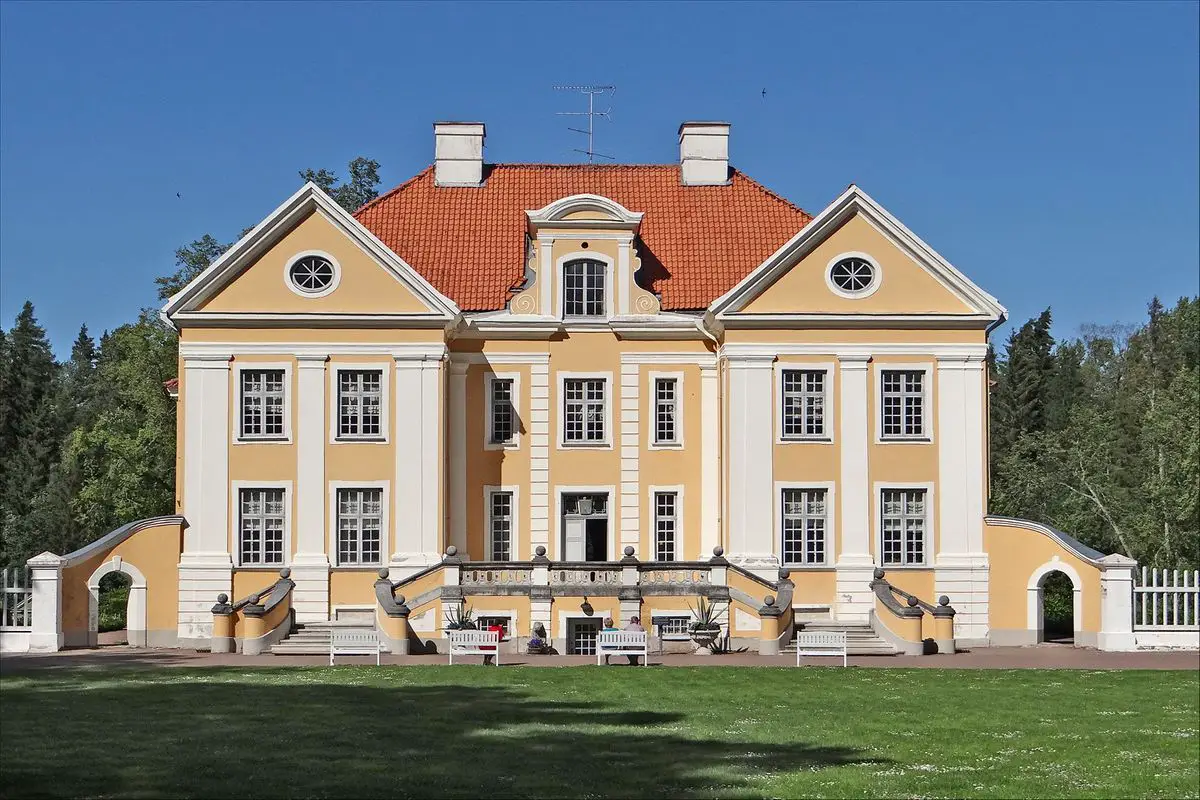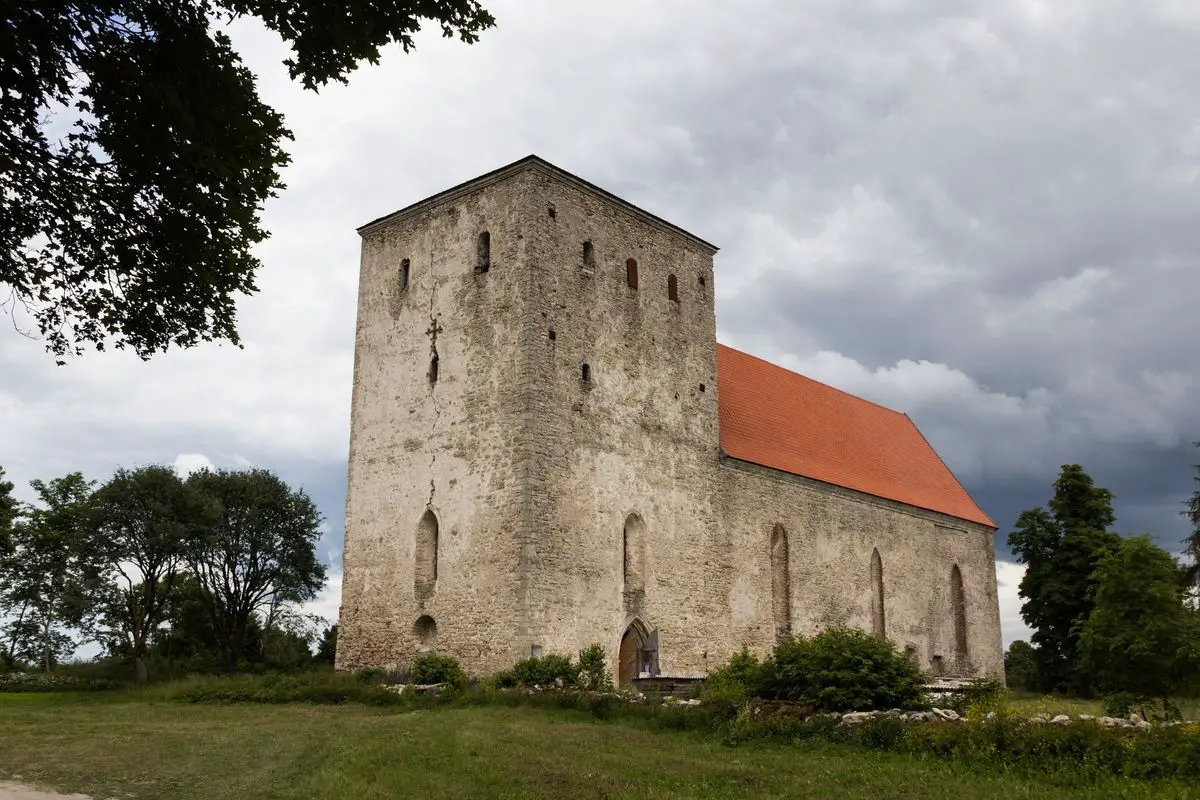Wondermondo 🢖 World 🢖 Wonders of Europe 🢖 Wonders of Estonia
Territory
Wonders of Estonia
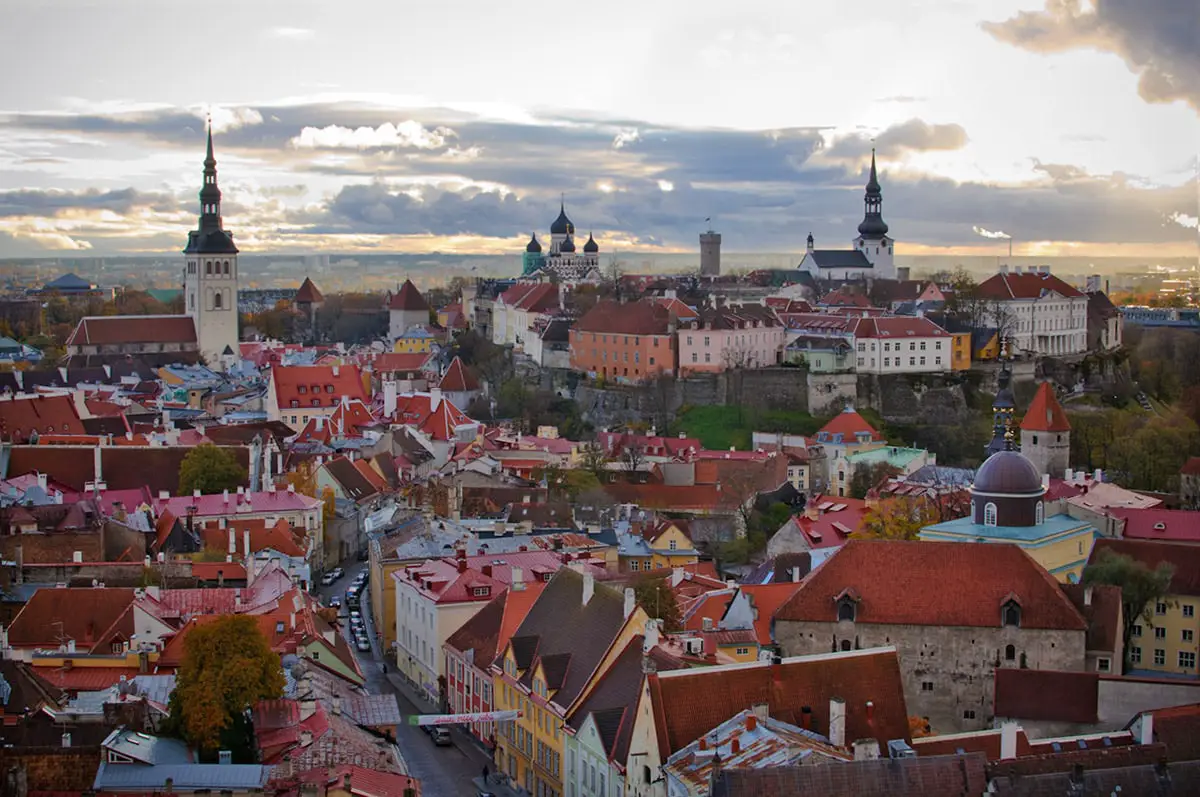
 Highlights
Highlights
Even if it is small , Estonia offers a wide array of very interesting natural and man-made landmarks. The most amazing wonders of Estonia are:
- Medieval Tallinn – one of the most amazing historical cities in this part of the world, built on and around a tall limestone cliff.
- Medieval castles and churches – Christianity came here with fortified stone buildings – castles and churches. In Estonia are located some of the most impressive palaces in this part of Europe.
Map with the described wonders
If you see this after your page is loaded completely, leafletJS files are missing.
 Top 25 wonders of Estonia
Top 25 wonders of Estonia
Geological wonders
Kaali crater
Saaremaa
Fairly recent (7 600 – 4 000 years old), well preserved meteorite craters. The largest crater has a diameter of 110 m and 22 m in depth. It has a lake at its bottom and exposed limestone along its rim. The fall of meteorite created legends.
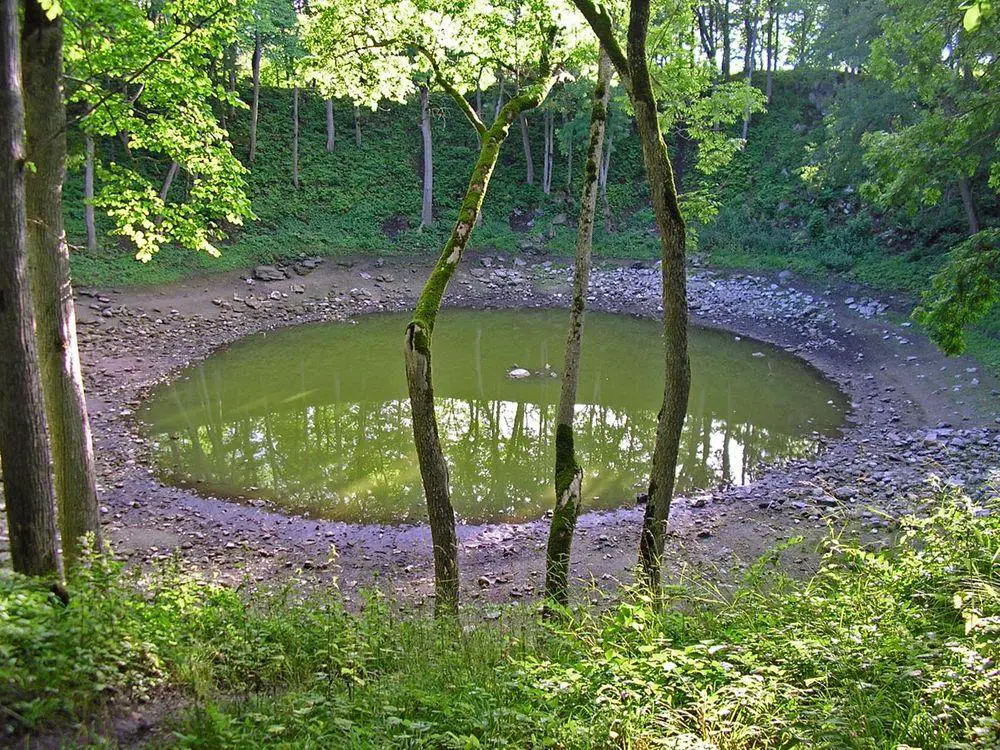
Jagala Waterfall (Jägala juga)
Harjumaa
The largest waterfall in Estonia, 8 m tall and more than 50 m wide screen of falling water.
Ehalkivi
Lääne-Virumaa
The largest glacial erratic in Estonia, 930 m³ large (the part above the soil), some 2500 tons heavy.
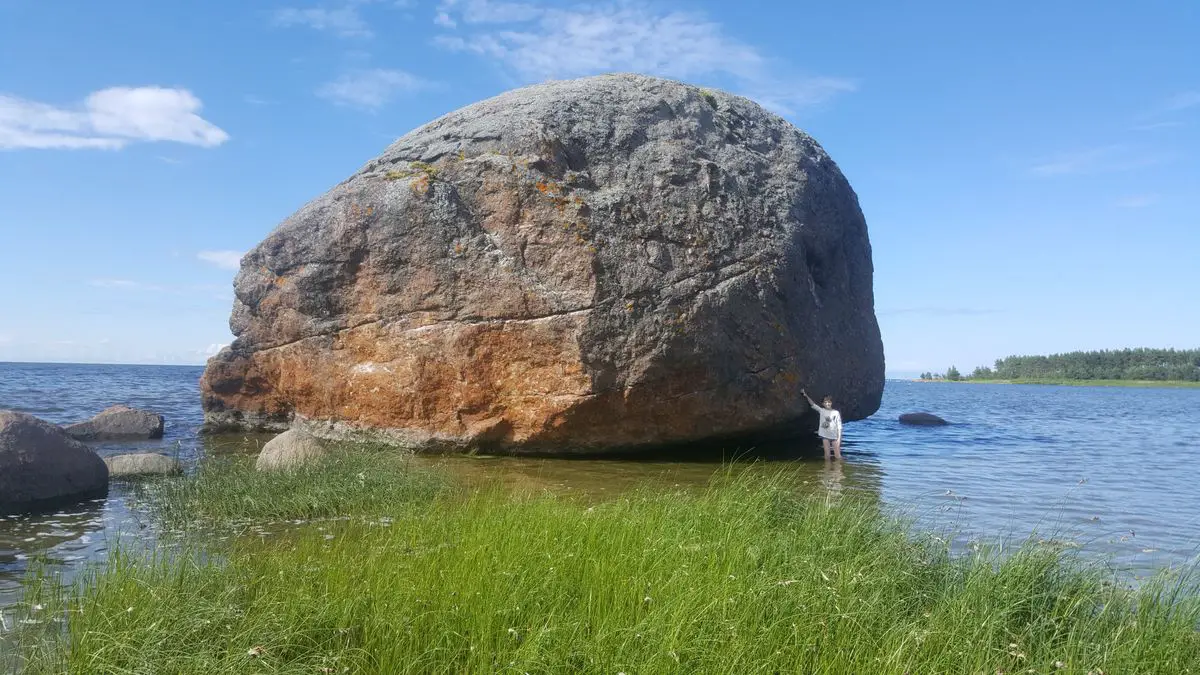
Keila Waterfall
Harjumaa
Possibly, the most beautiful waterfall in Estonia, 6.1 m tall and 60 – 70 m wide.
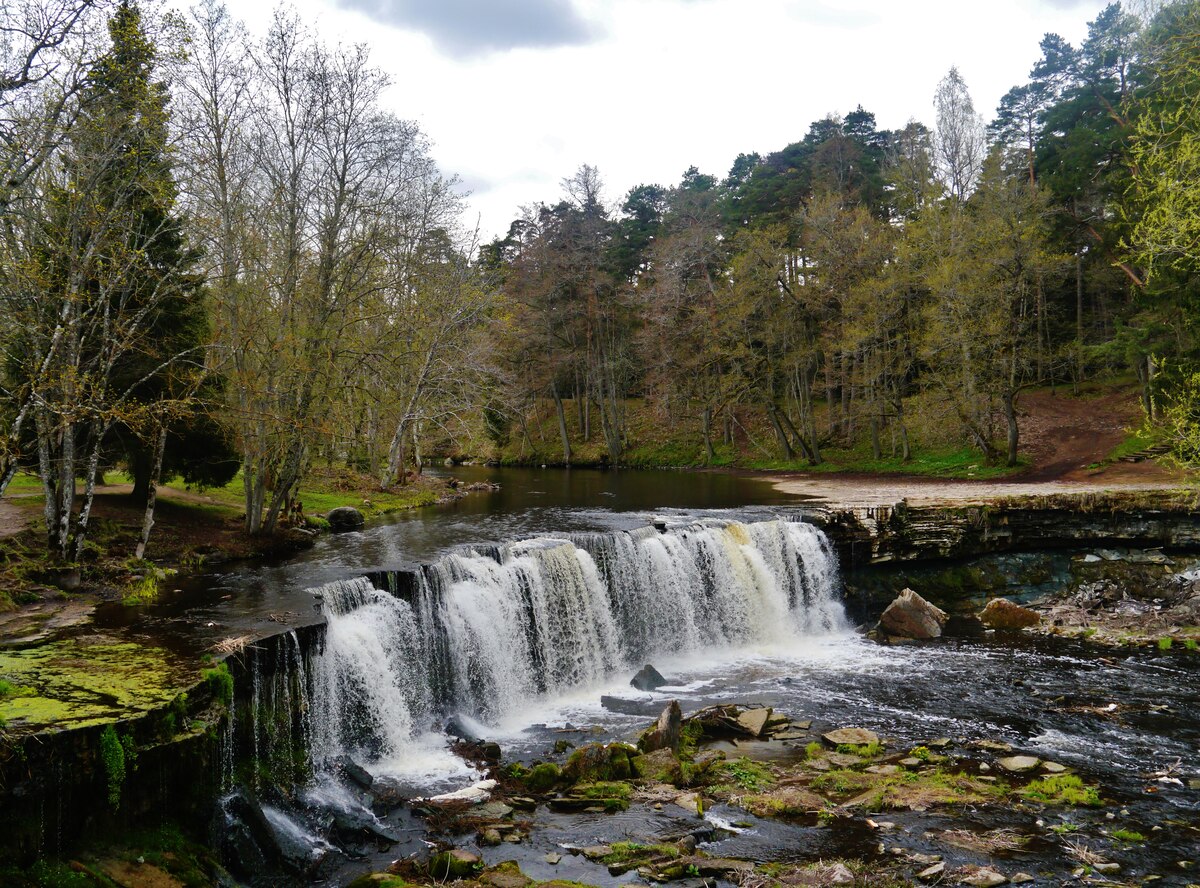
Valaste Waterfall
Ida-Virumaa
The tallest waterfall in this part of Europe, with a single, 30 m tall drop.
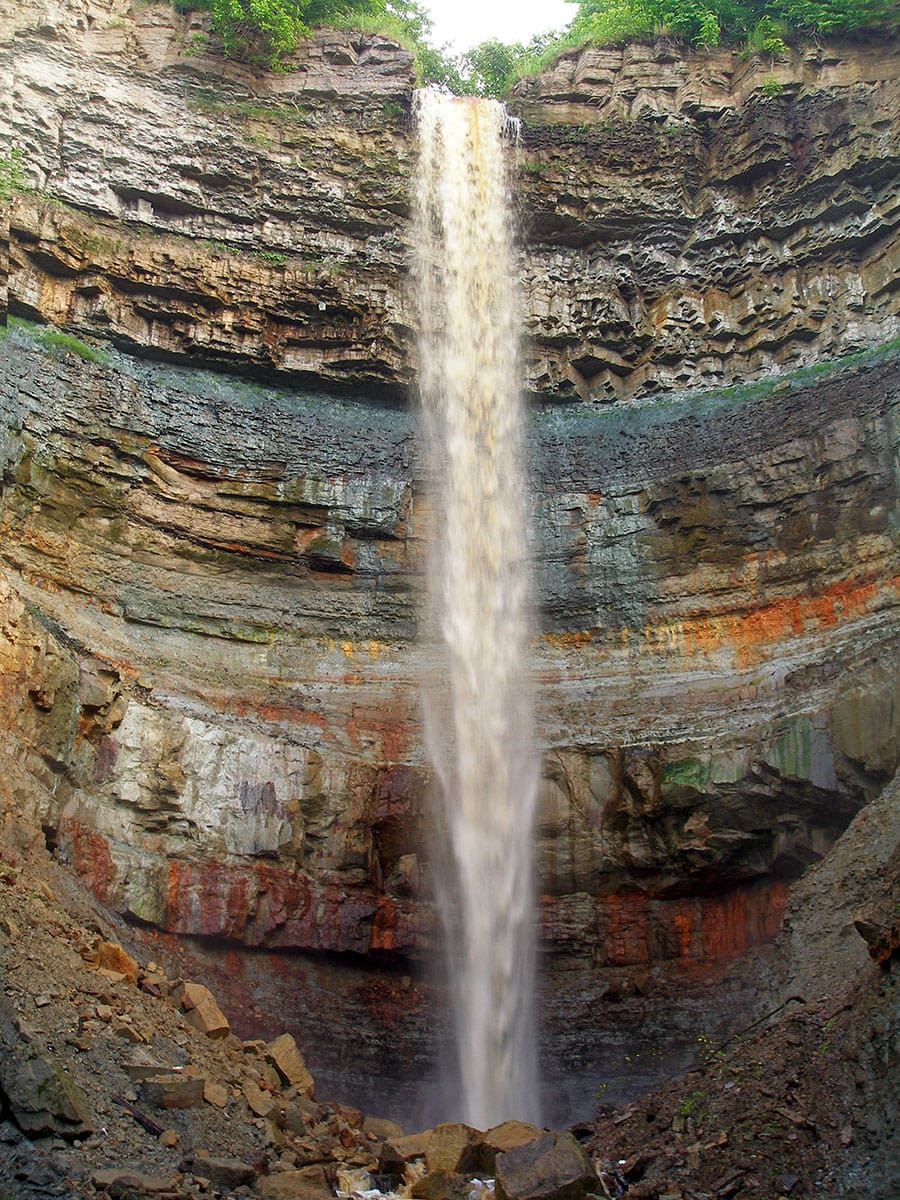
Archaeological wonders
Varbola Stronghold
Harjumaa
Prehistoric fortress with impressive, up to 10 m tall drystone walls. Built mostly in the 10th – 12th centuries. Stronghold contained some 90 structures.
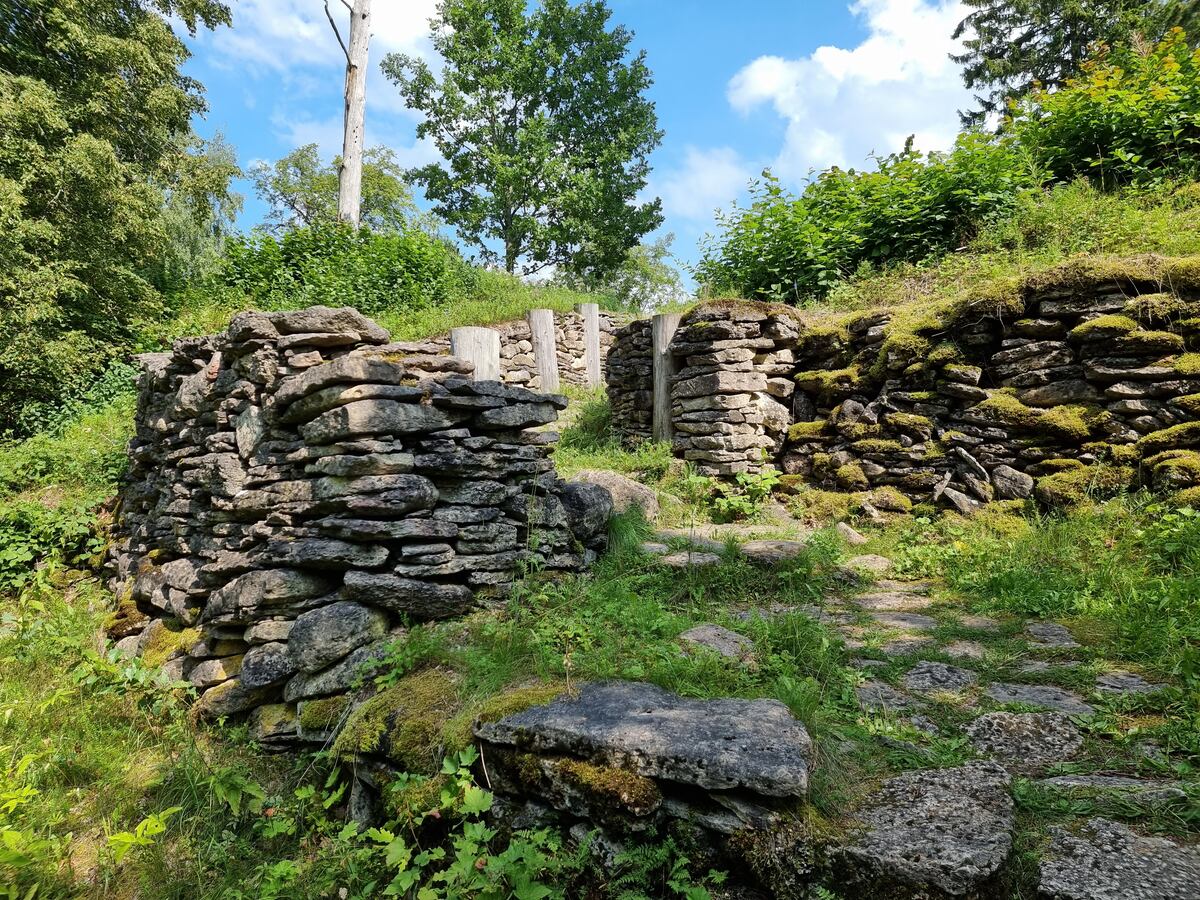
Architecture wonders
Tallinn Old Town
Harjumaa
The oldest city in Estonia, developed on and around a limestone tableland – Toompea. Well preserved city walls that originally had 66 towers. Settled since the 12th century at least, town status since 1248. Contains numerous valuable monuments of architecture.
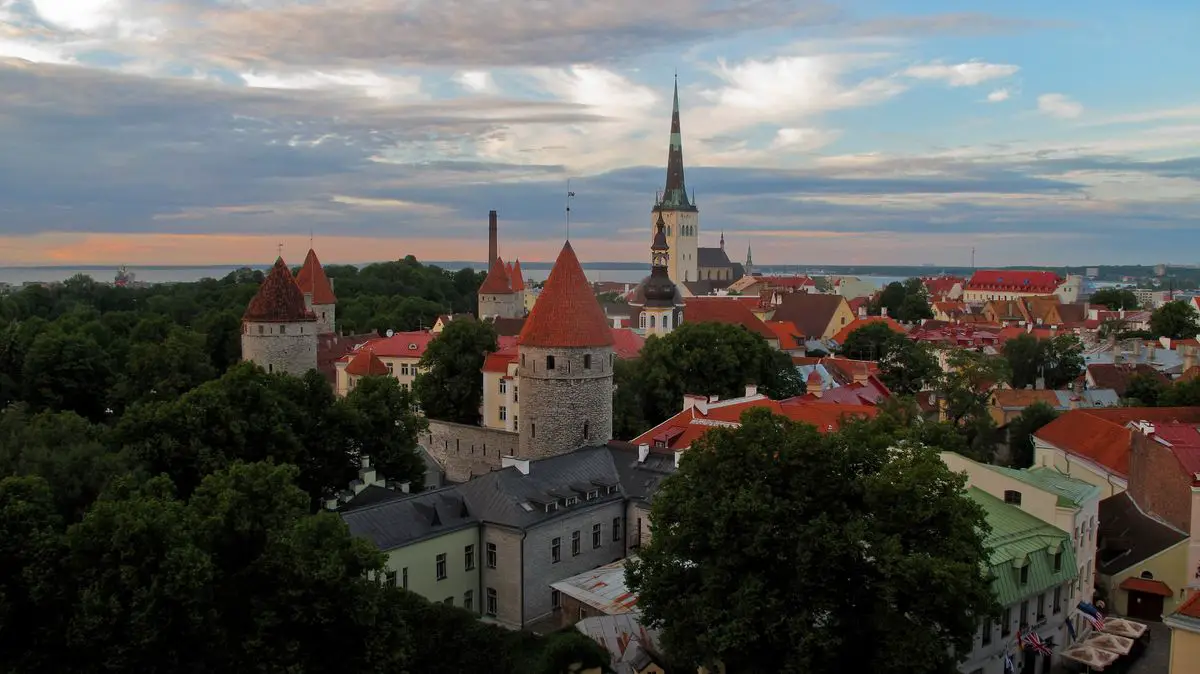
Kuressaare Castle
Saaremaa
Episcopal castle. The time of construction is not known with certainty, most likely built in the 13th – 14th century. One of the best preserved and largest medieval castles in the Baltics.
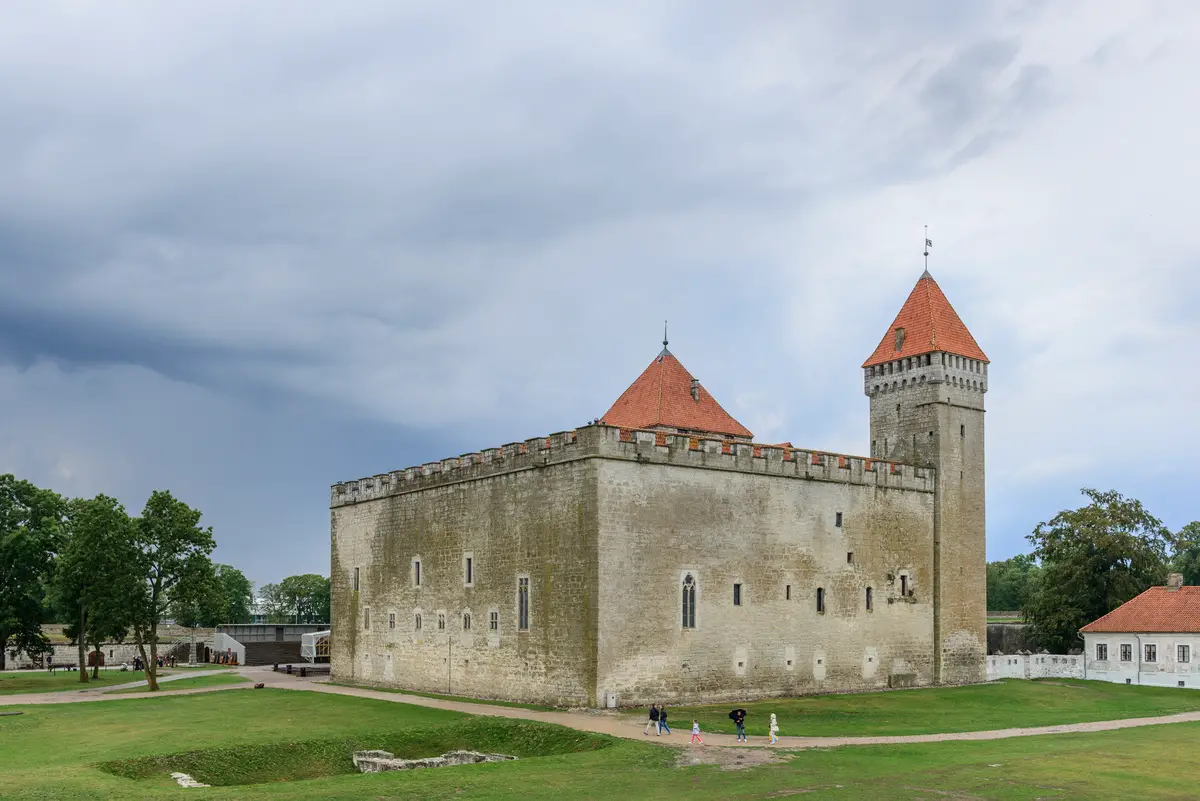
Haapsalu Castle and Haapsalu St. Nicolas cathedral
Läänemaa
Ruins of a medieval castle with an enormous cathedral. This single naved church was built in 1260 in Romanesque-Gothic styles. Site of legends.
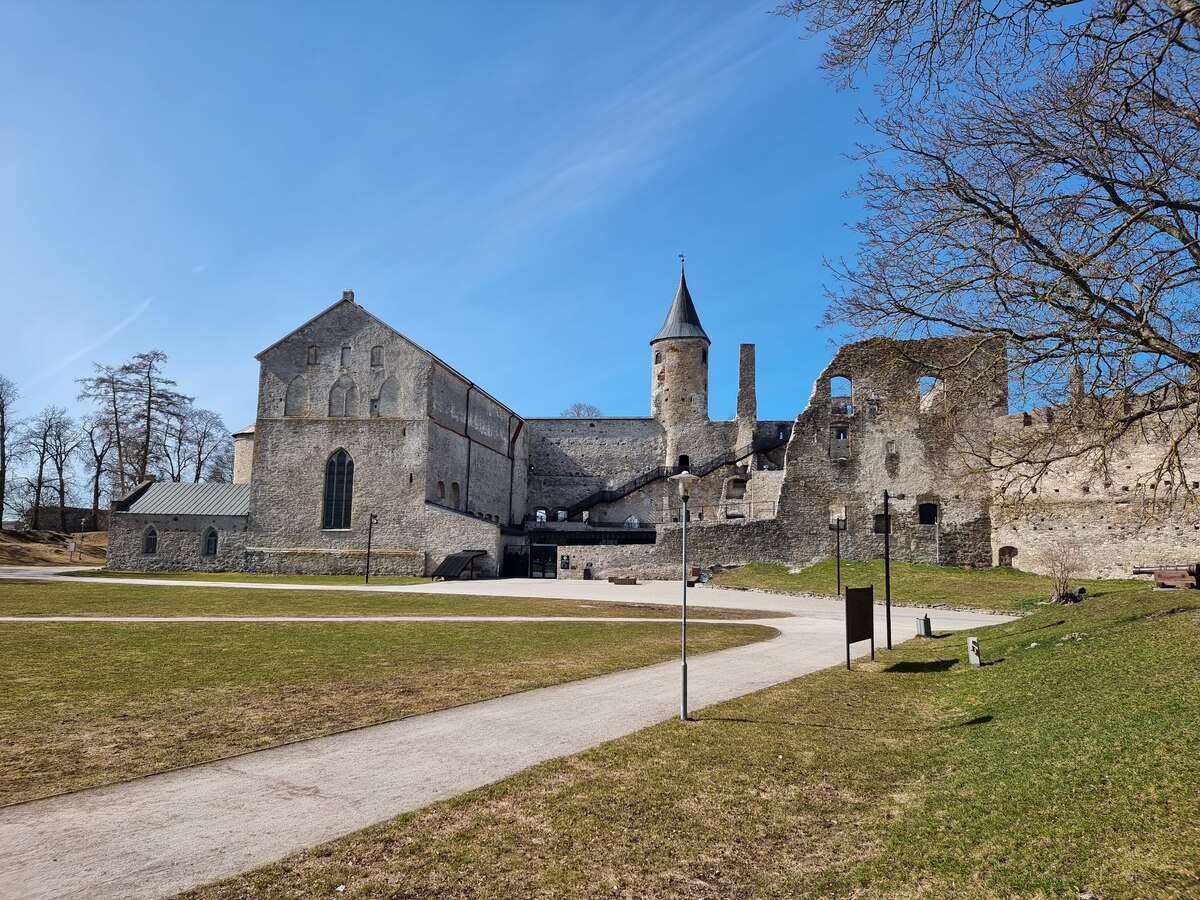
Tallinn Town Hall
Harjumaa
The only intact Gothic town hall in Northern Europe, built in 1402 – 1404.
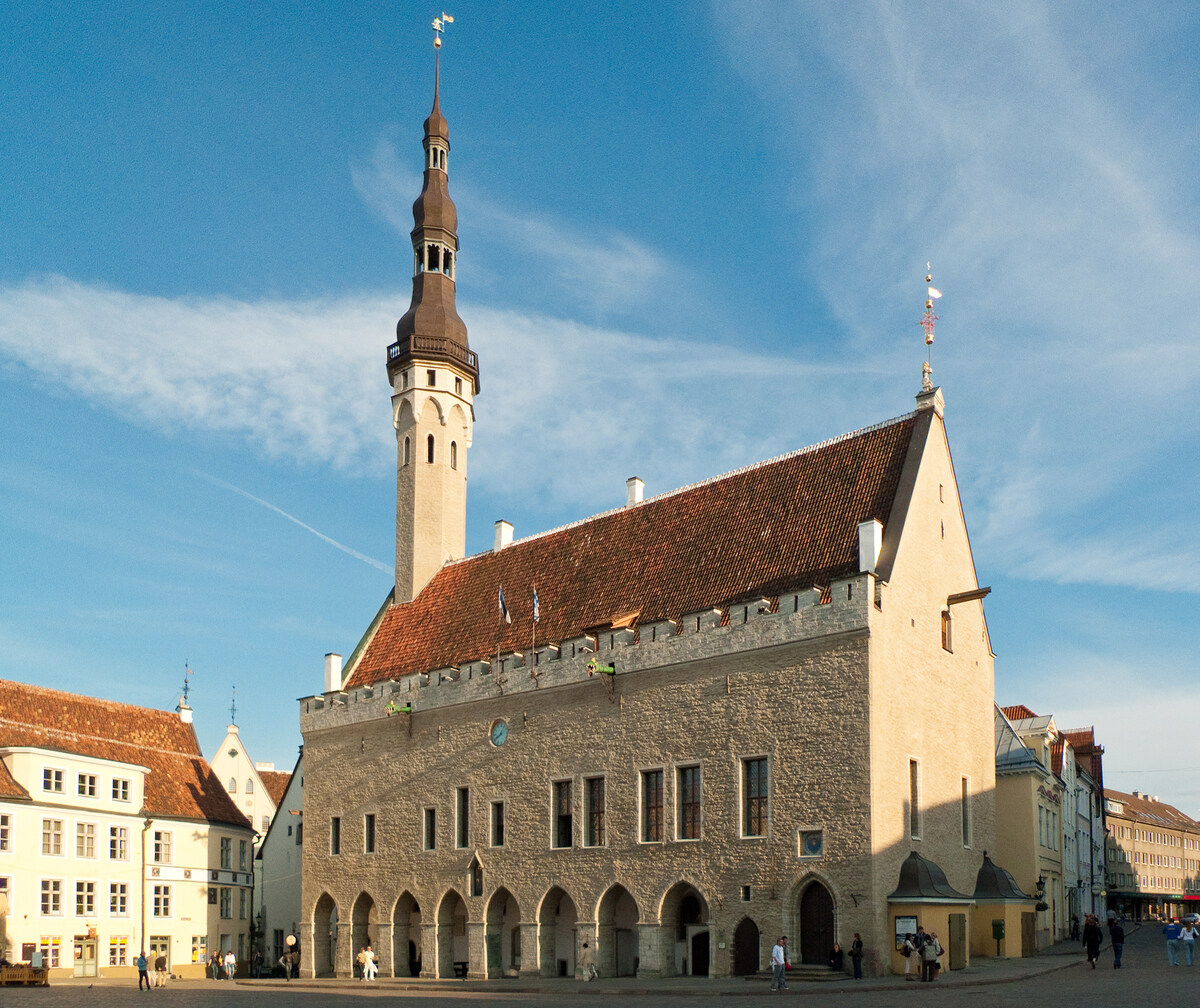
Kõpu Lighthouse
Hiiumaa
One of the oldest continuously used lighthouses in the world. Constructed in 1531, 36 m tall.
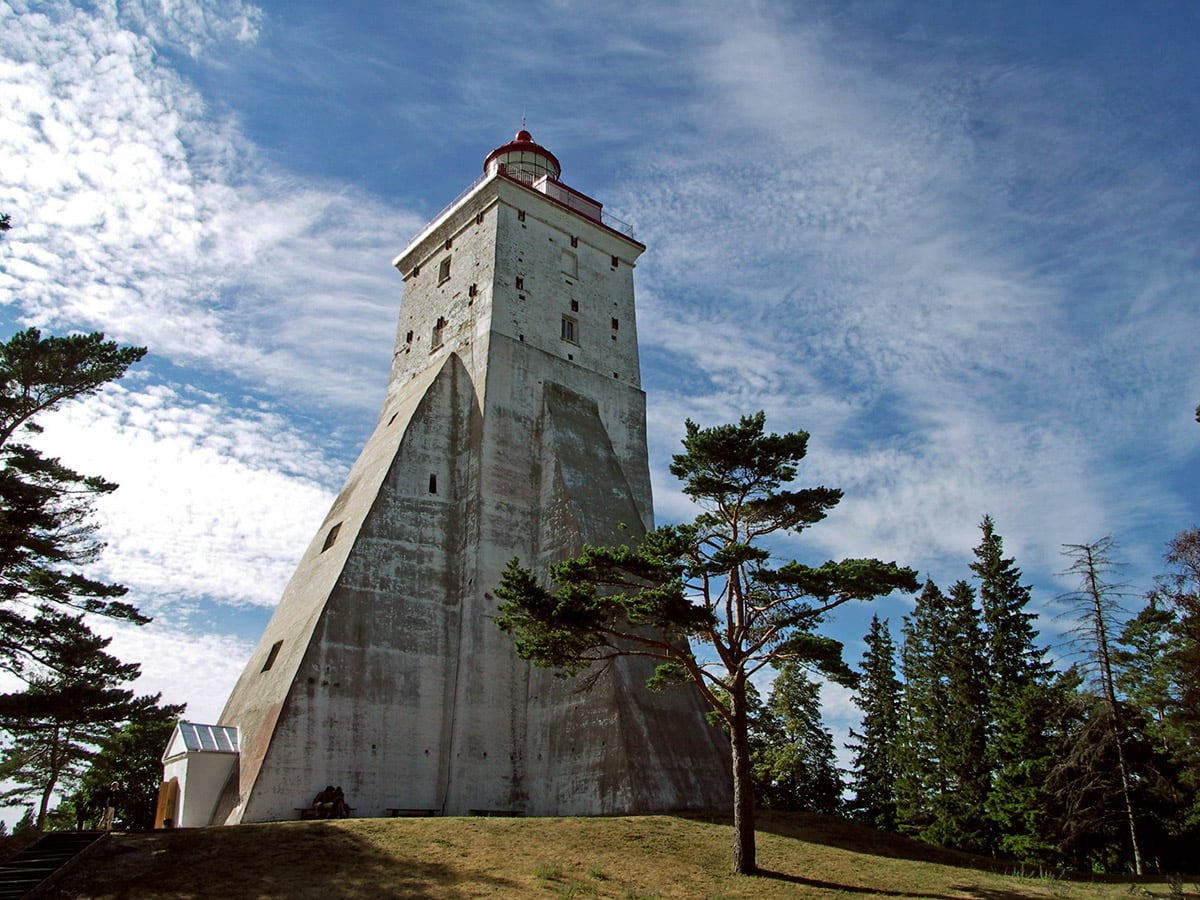
Kadriorg Palace
Harjumaa
Well preserved Baroque palace with fine gardens around it. Construction started in 1718 upon the orders of Peter the Great, rebuilt by Nicholas I in 1827 and Konstantin Päts. Now serves as a gallery of art.
Toompea Castle
Harjumaa
Medieval castle of great historical significance to Estonia, built on the top of limestone tableland. The first fortress was built there sometime around 1050, later this fortress included the whole of medieval Tallinn. Now it houses the Parliament of Estonia. Includes Pikk Hermann – 45.6 m tall watchtower, built in 1360 – 70 and in the 16th century.
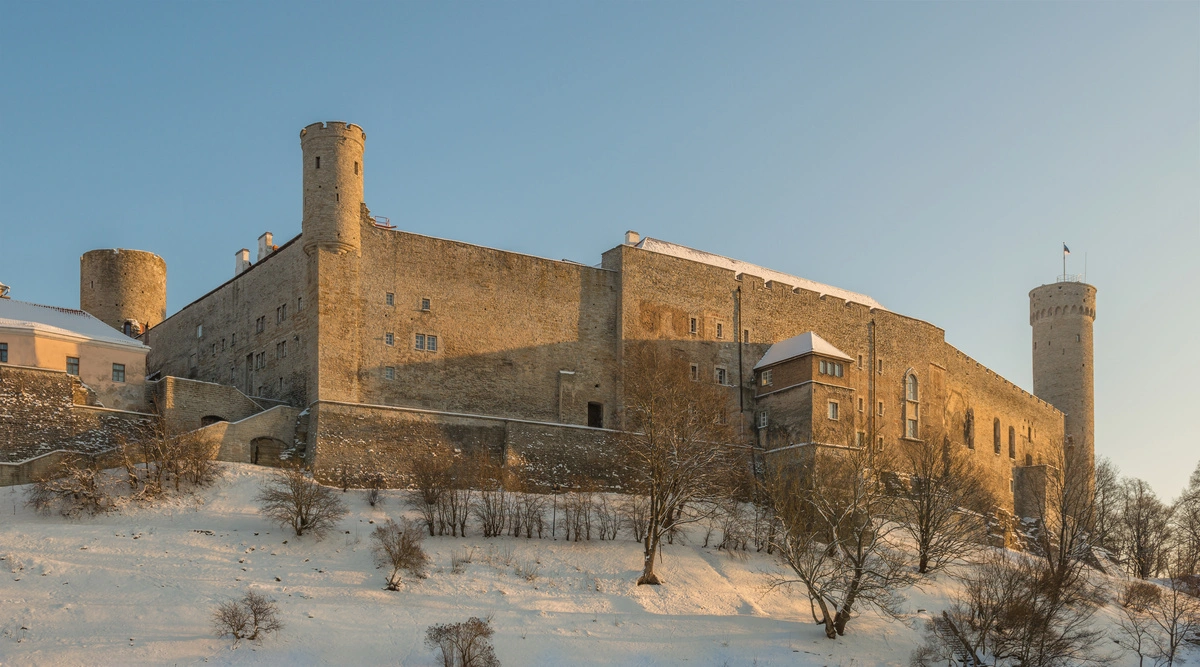
Palmse Manor
Lääne-Virumaa
Huge manor complex, built in 1697 – 1740. Restored not just the manor house but also the park and numerous other buildings in the manor complex.
St. Olaf’s Church
Harjumaa
Medieval church, the tallest church in the world in 1549 – 1625. Now the spire is 123.7 m tall. A church could have existed here already in the 12th century, first mentioned in written sources in 1267.
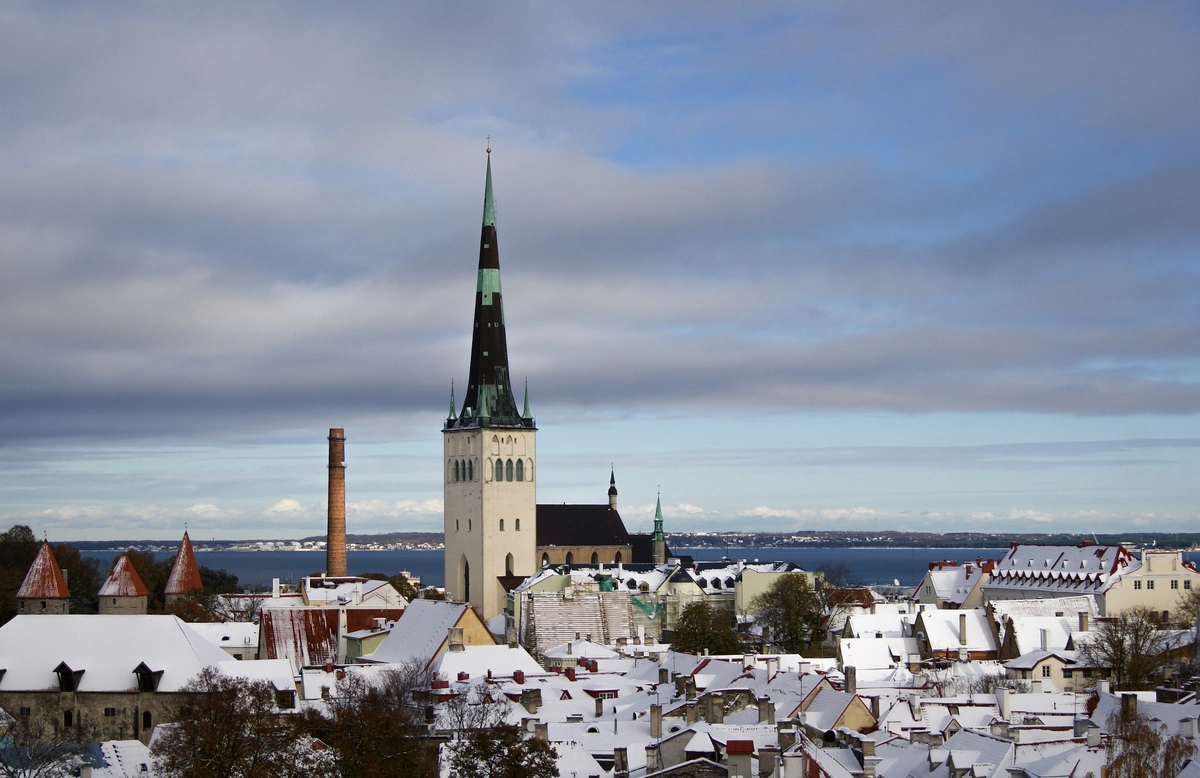
Hermann Castle (Narva Castle)
Ida-Virumaa
A massive, well preserved medieval castle, founded in 1256, the present building was constructed mainly in the 14th century. Its dominant is the 51 m high Long Hermann tower. Castle is facing the Ivangorod Fortress on the Russian side.
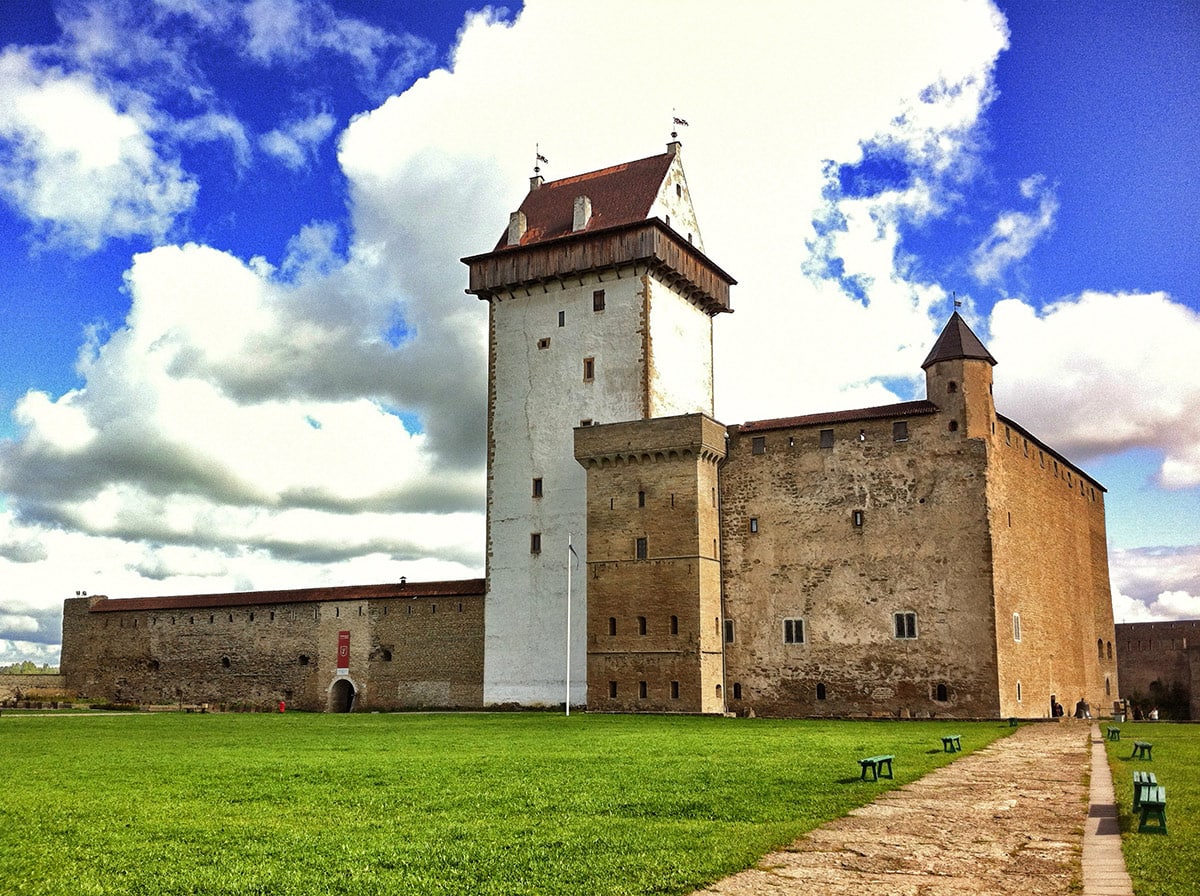
St. Mary’s Cathedral in Toompea (Dom Church)
Harjumaa
The oldest church in mainland Estonia. The first stone church was built here sometime around 1240, and later extended.
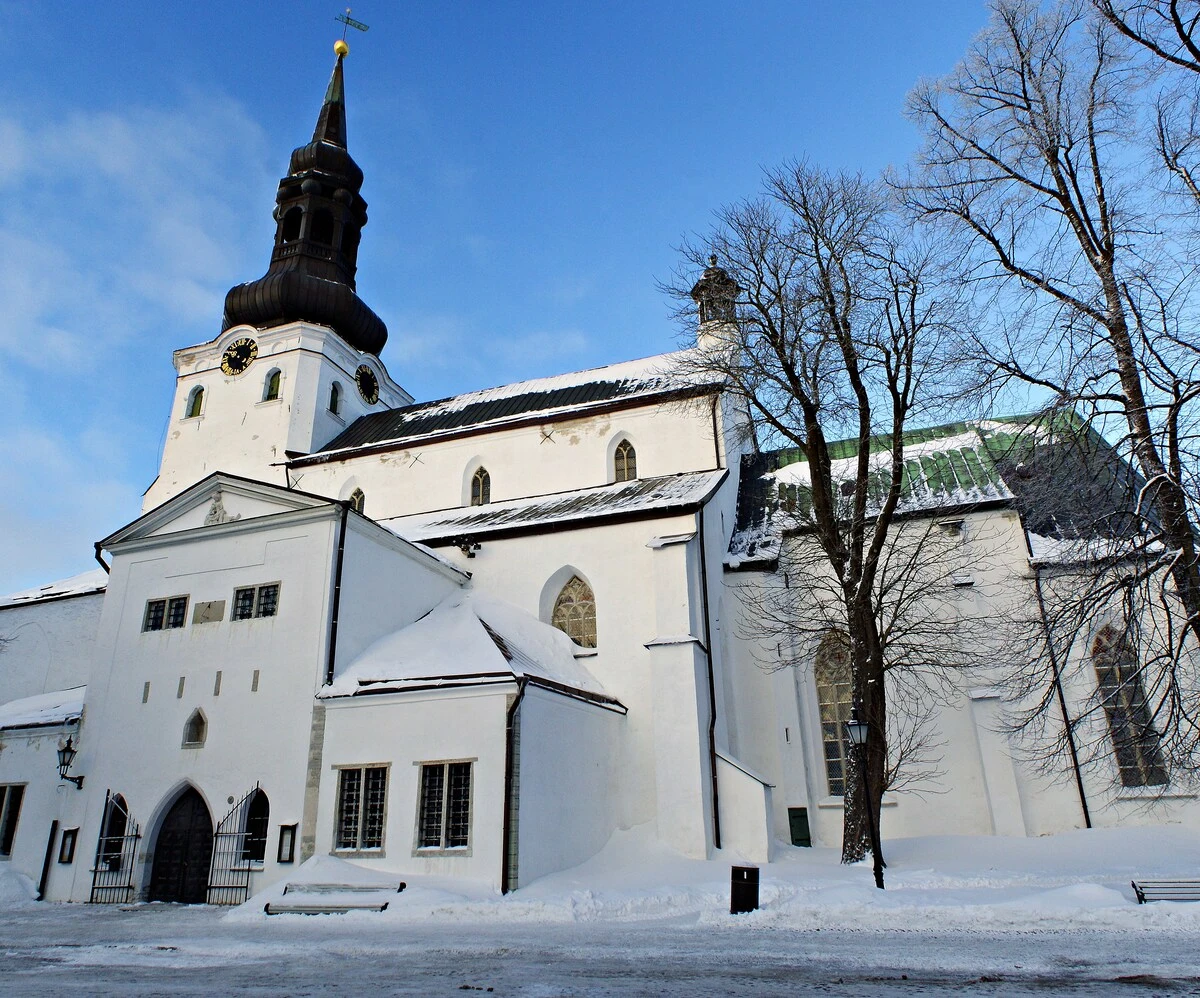
Karja Church
Saaremaa
Small medieval church, built in the late 13th – early 14th century. This small church is ornamented with amazing, mysterious symbols.
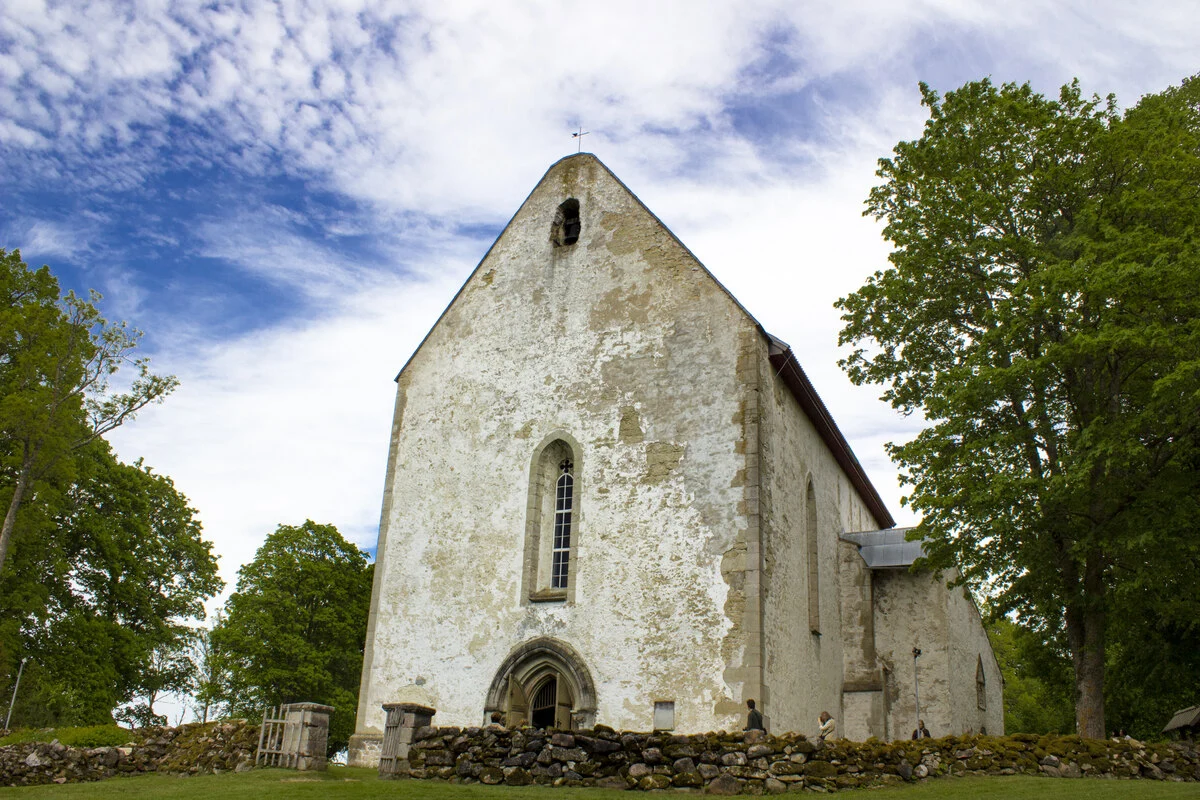
Pöide Church
Saaremaa
Medieval church, possibly the oldest one in Estonia. A chapel was built here in 1227, there are also murals from this time.
St. Nicholas’ Church (Niguliste Church)
Harjumaa
Large medieval church. The first stone church was built here sometime around 1230 – 1275, rebuilt in Gothic style in 1405 – 1420. Now the church has a 105 m tall tower and contains interesting art values.

Valjala Church
Saaremaa
One of the oldest churches in Estonia, with parts of it built in 1227 – 1228. Contains remnants of medieval murals. Built in Romanesque and Gothic styles.
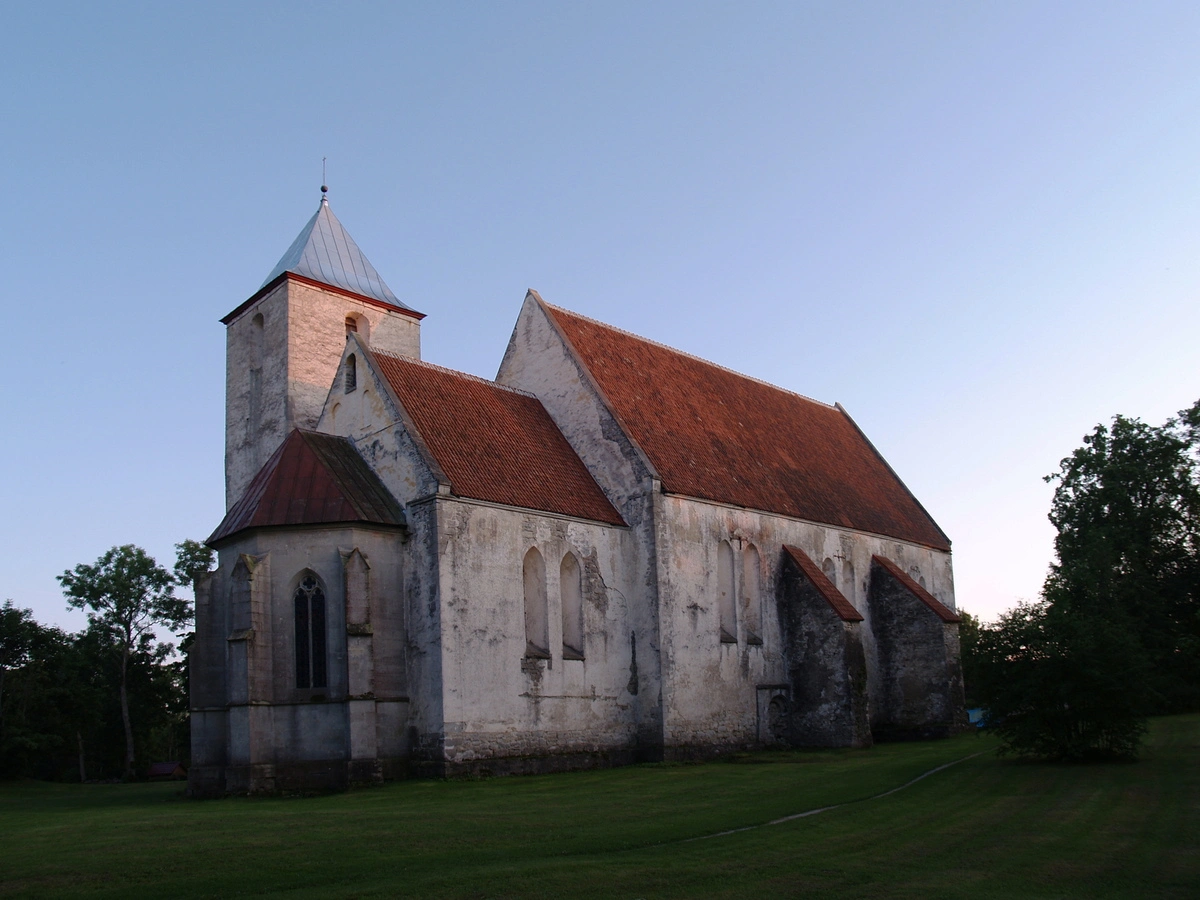
Taagepera Castle
Valgamaa
An unusual manor house, built in National Romanticism style in the early 20th century. Includes 40 m tall tower.
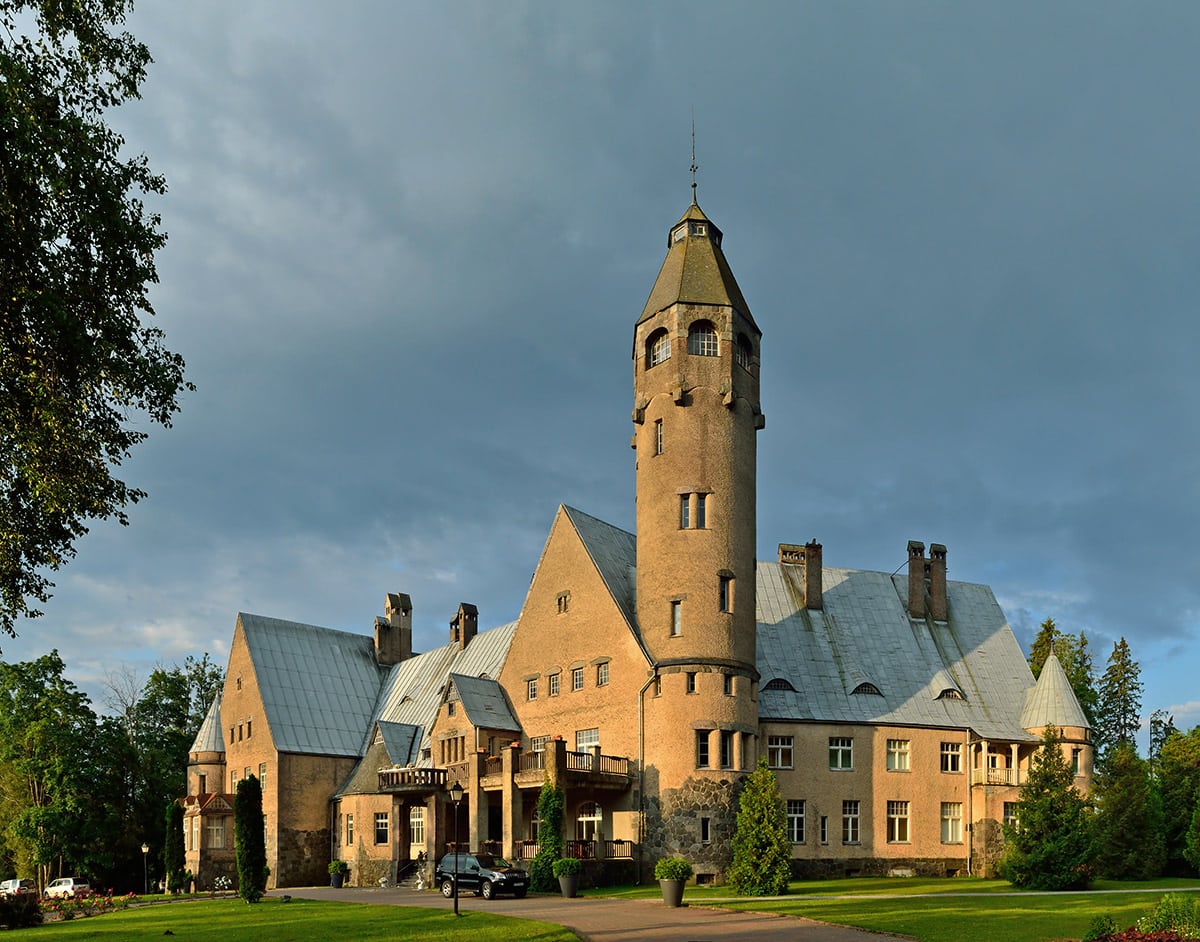
Koguva village
Saaremaa
Unusually well preserved traditional village with some 100 historical buildings from 1880 – 1930.
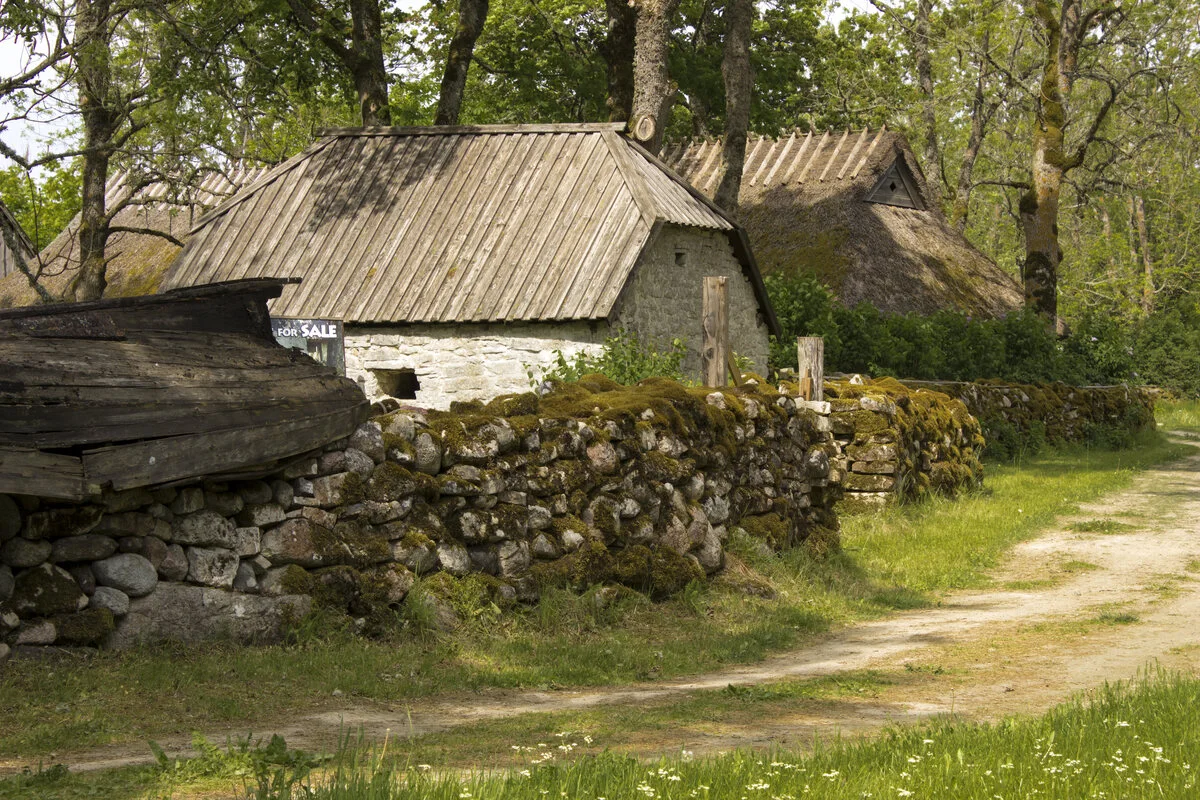
Alatskivi Palace
Tartumaa
Large Neo-Gothic palace, built in 1876 – 1885.
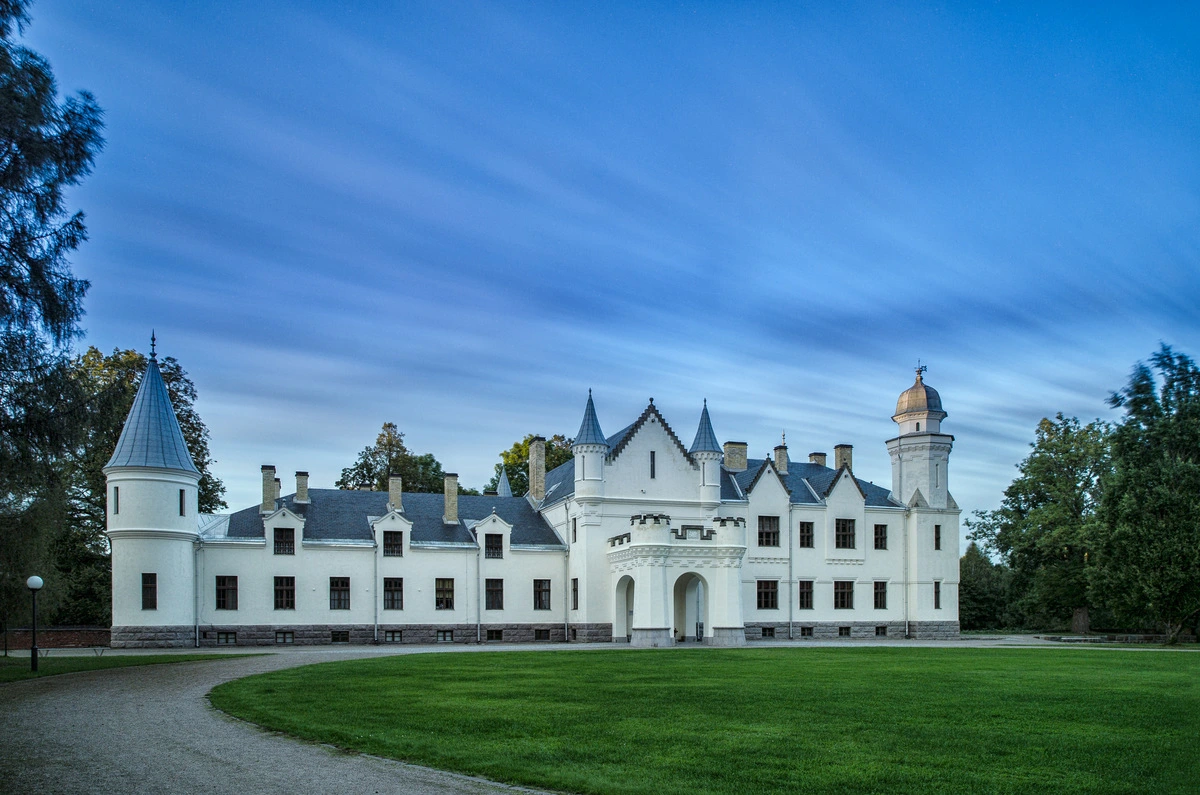
Koluvere Castle
Läänemaa
Medieval castle that gradually developed here since the 13th century. Castle is built on an artificial island in the river, with a park around it.
